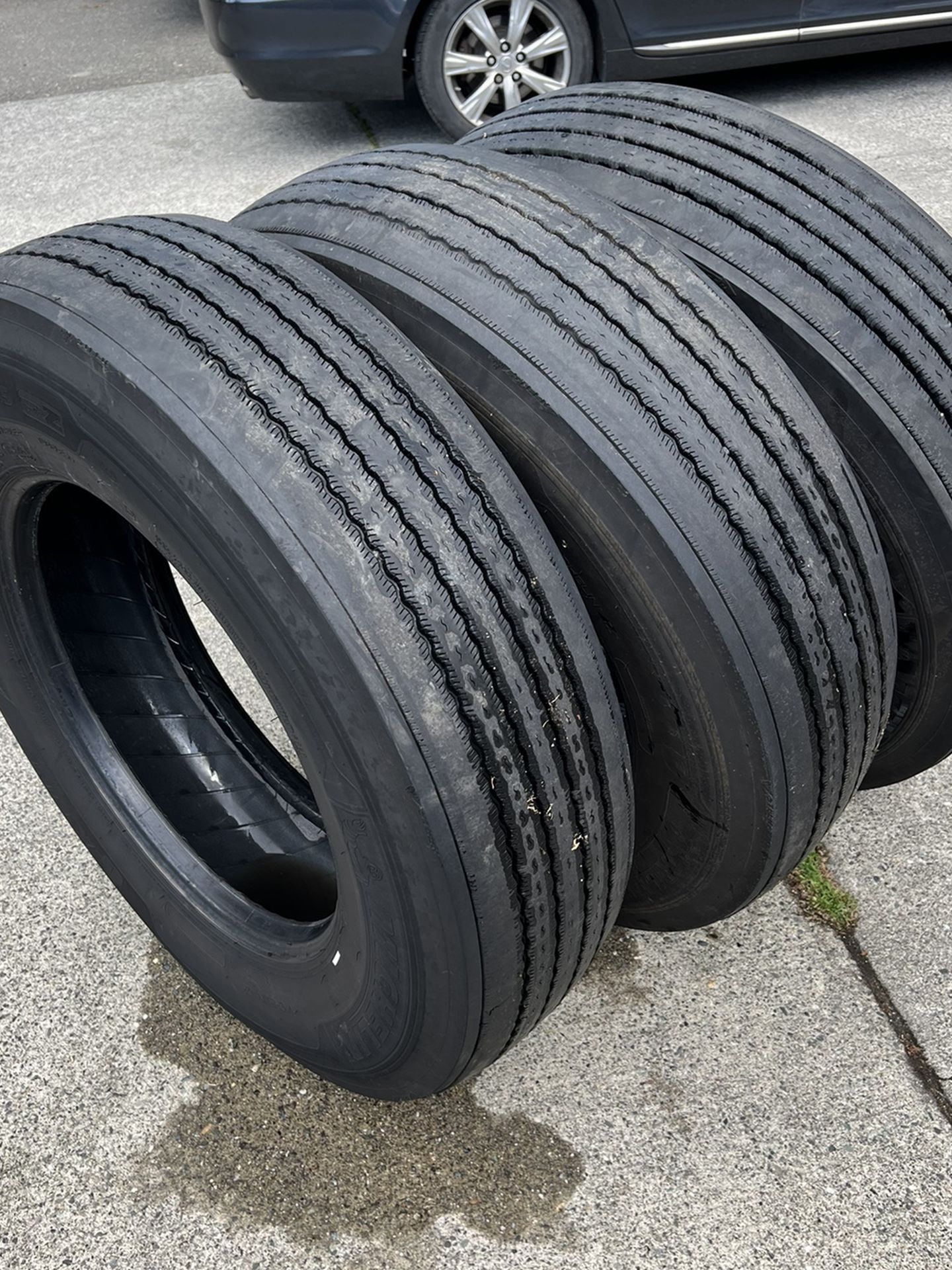Green Tread Options for the Eco-Conscious Commercial Driver
As the demand for sustainable practices continues to rise, truck drivers are increasingly seeking eco-friendly tire options that align with their ecological values. Semi-trucks are vital for transporting goods across large distances, but the impact of conventional tires on the environment cannot be overlooked. This article explores the top sustainable tire choices available for semi-truck drivers who are committed to reducing their carbon footprint while maintaining safety and effectiveness on the road.
Choosing the right tires for your semi-truck goes beyond just performance. With advancements in technology and a growing emphasis on sustainability, there are several factors to consider, including fuel efficiency, durability, and the materials used in production. Understanding the options available can help sustainable truck drivers make informed decisions that not only benefit the environment but also enhance their operational efficiency. In the following sections, we will delve into the key aspects of tire selection, maintenance tips, and the innovative brands that are leading the charge toward more sustainable trucking solutions.
Choosing the Appropriate Tires for Your Semi-Truck
Selecting the best tires for your semi-truck is important for achieving maximum performance and safety on the road. As you make your choice, think about the specific needs of your freight and the routes you will be driving. Different tires are designed for different conditions, such as all-season or winter tires, which can significantly affect handling and grip. Evaluating factors like load capacity, tread type, and the climatic conditions you typically encounter can help guide your decision.

It's also essential to understand the differences between steer and drive tires. Steer tires are uniquely designed for the front of the truck, providing better control and stability. In contrast, drive tires are designed for the rear, offering traction and durability for heavy loads. Pairing the appropriate type of tire to its appropriate position on the truck can enhance performance and extend the lifespan of your tires, leading to savings and improved safety.
Finally, don’t ignore the necessity of load ratings and tire pressure. Each tire has designated ratings that indicate how much weight it can adequately carry, which is essential for compliance with DOT regulations and for maintaining vehicle stability. Ensuring that your tires are adequately inflated according to manufacturer recommendations is vital for fuel efficiency and tire longevity. By factoring these factors into account, you can make an informed choice that aligns with your eco-conscious driving goals.
Tires Care and Replacement Guidelines Guidelines
Proper tire maintenance is crucial for securing the safety and efficiency of your semi-truck. One of the key aspects is regular inspections. Truck drivers should properly check their tires for signs of damage, such as cuts, holes, or swelling, before any trip. Additionally, maintaining proper tire inflation is crucial. Under-inflated or over-inflated tires can lead to lowered fuel efficiency and increased wear. It is suggested to use a trustworthy tire pressure monitoring system to keep track of tire pressure in real-time.
Knowing when to replace your semi-truck tires is equally important to avoid accidents and costly breakdowns. Clues that indicate it may be time for replacement include non-uniform tire wear, obvious tread wear indicators, and age-induced deterioration. Most brands recommend replacing tires around six to ten years, despite the fact that the tread looks adequate. Keeping an eye on tire health helps to prevent blowouts and ensures better handling and fuel efficiency on the road.
Regular maintenance practices, such as adequate rotation, alignment, and balancing, can considerably extend the life of your semi-truck tires. Rotating your tires approximately 5,000 to 8,000 miles is suggested to ensure consistent wear. Additionally, maintaining the appropriate load ratings and tire pressure based on your freight is key for optimal tire performance. Following these guidelines not only increases the longevity of your tires but also enhances the safety and efficiency of your trucking operations.
Green Choices and Innovations in Heavy-Duty Tires
The tire industry is progressively centered around sustainability, leading to the introduction of green options for semi-truck tires. One remarkable development is the use of environmentally friendly materials, such as bio-based rubber and soy-based resins, which reduce the ecological impact in contrast to old-fashioned petroleum-based products. Manufacturers are also investigating with repurposed materials in tire production, which not only minimizes waste but also lowers the carbon footprint connected to tire manufacturing.
Another major trend is the arrival of retread tires, which offer a more eco-friendly alternative to acquiring totally new tires. Retreading extends Visit this link of tires by replacing the worn tread, thereby preserving resources while providing a affordable solution for fleet managers. Many fleets are embracing retreaded tires as a way to improve sustainability initiatives without sacrificing performance. This practice not only helps in diminishing waste but also supports community economies, as retreading operations often rely on regional businesses.
Technological advancements innovations like intelligent tires equipped with tire pressure monitoring systems (TPMS) are also enhancing eco-friendliness in trucking. These systems help ensure that tires are properly inflated, lowering rolling resistance and improving fuel efficiency. By utilizing technology, fleet managers can improve tire performance, leading to lower fuel consumption and greenhouse gas emissions. As the industry continues to develop, the integration of sustainable practices and cutting-edge technologies will play a key role in transforming how semi-truck tires are manufactured and utilized.